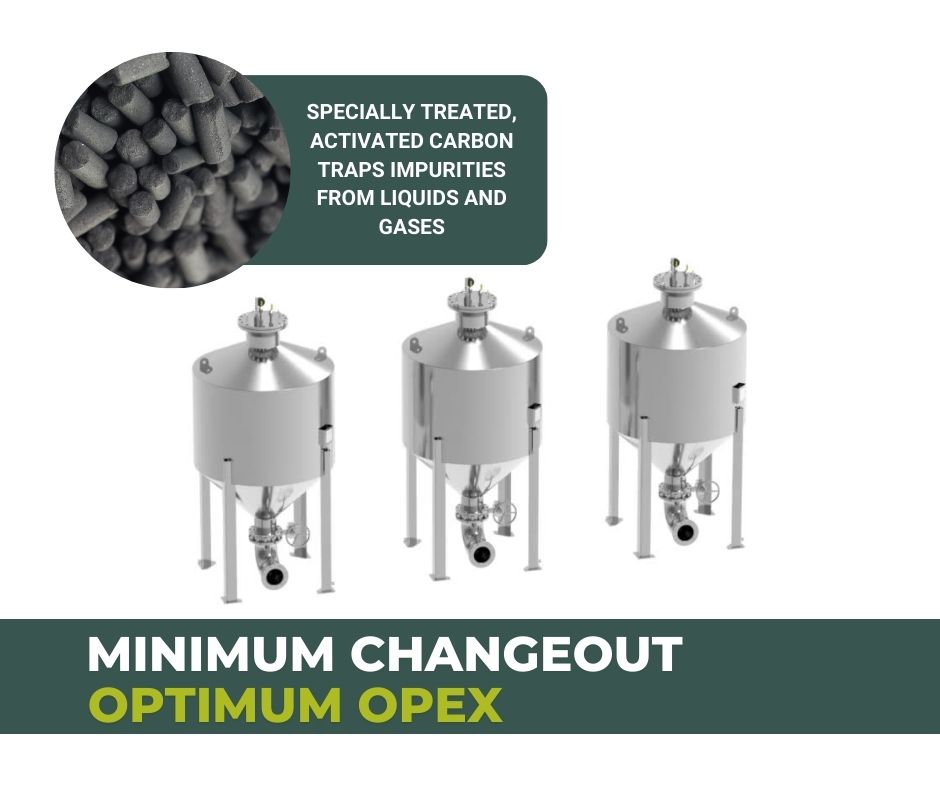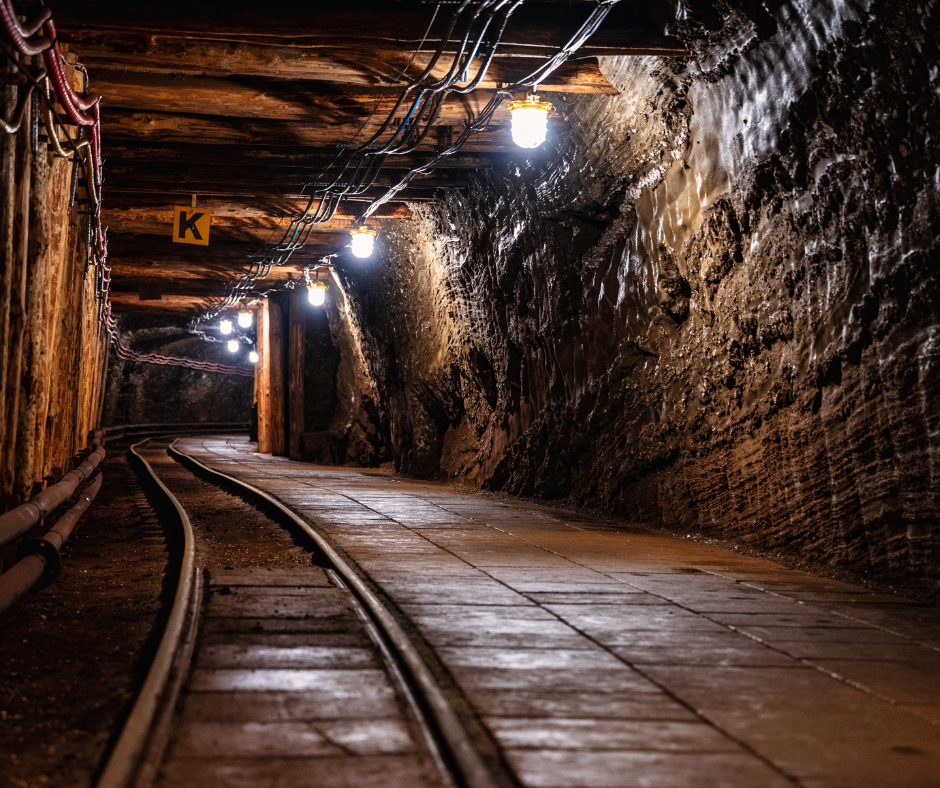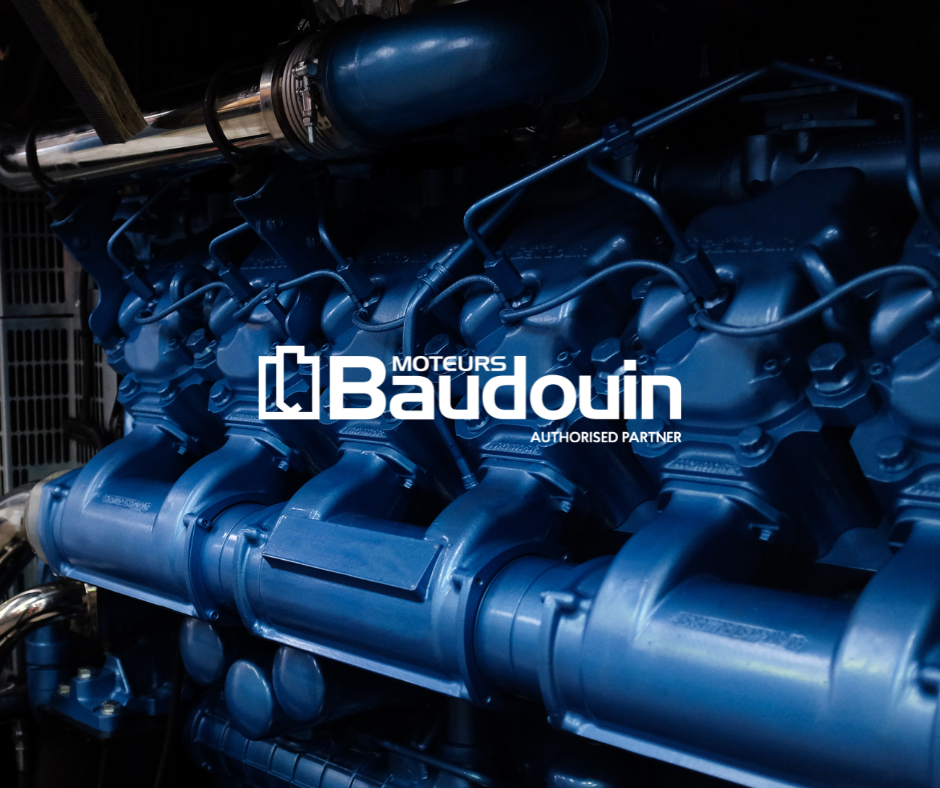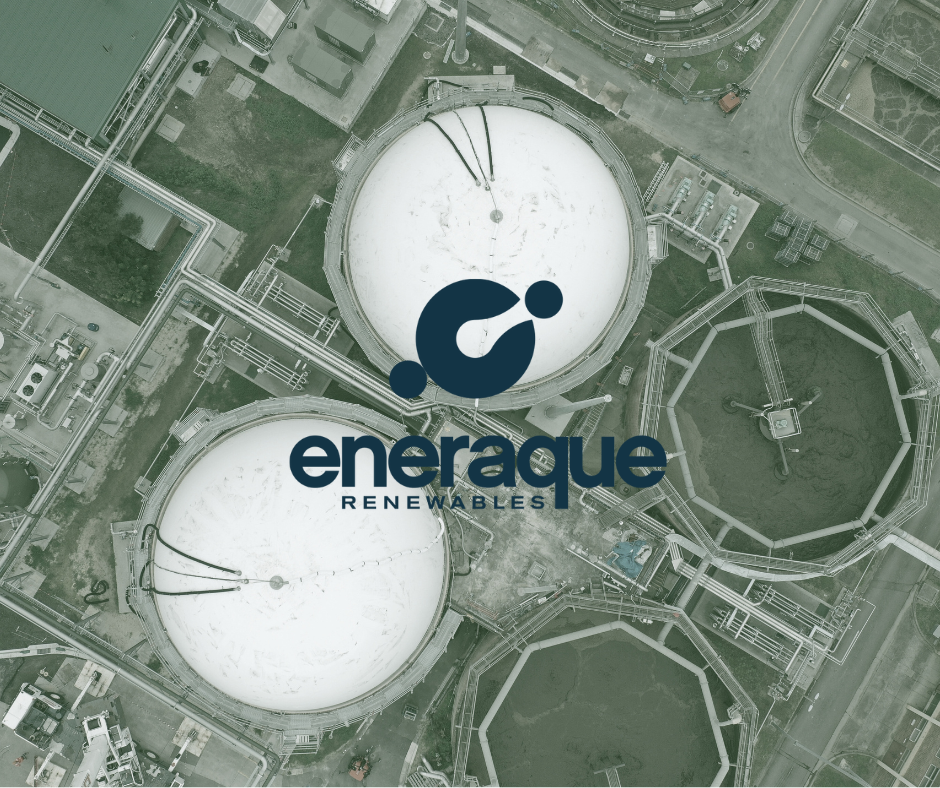
Wastewater treatment plants can easily retrofit their existing sites to harness the power of biogas – and with hundreds of WWTP’s Australia wide, there’s an incredible opportunity that can not only drive us forward to net zero, but can assist these utilities in reaching their commercial goals.
Whether it’s simply upgrading equipment or retrofitting a facility with the goal of grid injection, the process is underpinned by careful planning, technical expertise and practical experience.
Here’s some things to consider when retrofitting a WWTP to harness the power of waste gas.
Biogas Capture and Storage: Ensure that the existing wastewater treatment plant has anaerobic digesters or suitable facilities for capturing biogas. If not, new digesters may need to be constructed. Biogas storage tanks or facilities should also be in place to store the generated biogas.
Gas Cleaning and Upgrading: Biogas often contains impurities such as hydrogen sulfide and moisture, which need to be removed to prevent damage to equipment and ensure efficient energy generation. Gas cleaning equipment such as scrubbers and filters may need to be installed. Additionally, upgrading the biogas to remove carbon dioxide and increase methane content can enhance its energy value.
Biogas Utilisation Equipment: Install biogas utilisation equipment such as biogas engines or turbines, which convert the biogas into electricity or heat. These systems can be integrated into the existing power generation infrastructure of the wastewater treatment plant.
Combined Heat and Power (CHP) Systems: Consider implementing combined heat and power systems, also known as cogeneration systems, which simultaneously produce electricity and heat from biogas. The heat generated can be utilised for heating purposes within the wastewater treatment plant or nearby facilities, increasing overall energy efficiency.
Grid Connection and/or On-Site Usage: Determine whether the generated biogas-based electricity will be connected to the grid, used on-site to power the wastewater treatment plant operations, or both. Depending on local regulations and energy needs, a combination of grid connection and on-site usage may be the most suitable approach.
Biogas Upgrading: Further upgrading of biogas to biomethane can present opportunities for main gas grid injection – opening up additional revenue streams and contributing to decarbonisation of the consumer gas network.
Monitoring and Maintenance: Implement a monitoring and maintenance program to ensure the efficient operation of the biogas utilisation system. Regular inspections, maintenance activities, and performance monitoring are essential to maximise energy production and equipment longevity.
Safety Measures and Compliance: Ensure that all safety measures are in place to prevent gas leaks, fires, or other hazards associated with biogas production and utilisation. Compliance with relevant safety regulations and environmental standards is critical throughout the retrofitting process. Eneraque renewables are Australian and New Zealand compliance specialists.
Cost and Funding Considerations: Evaluate the costs associated with retrofitting the wastewater treatment plant for biogas utilisation and explore available funding options such as government grants, incentives, or financing programs aimed at promoting renewable energy projects. Our partnerships extend to financing options – let us connect you with the right people to back your project.
Want to learn more? Reach out to our waste to energy experts at Eneraque Renewables below.

Ready to reach your energy goals?
Backed by more than 40 years’ experience, our specialist team are ready to power your energy project forward.
Contact Us


